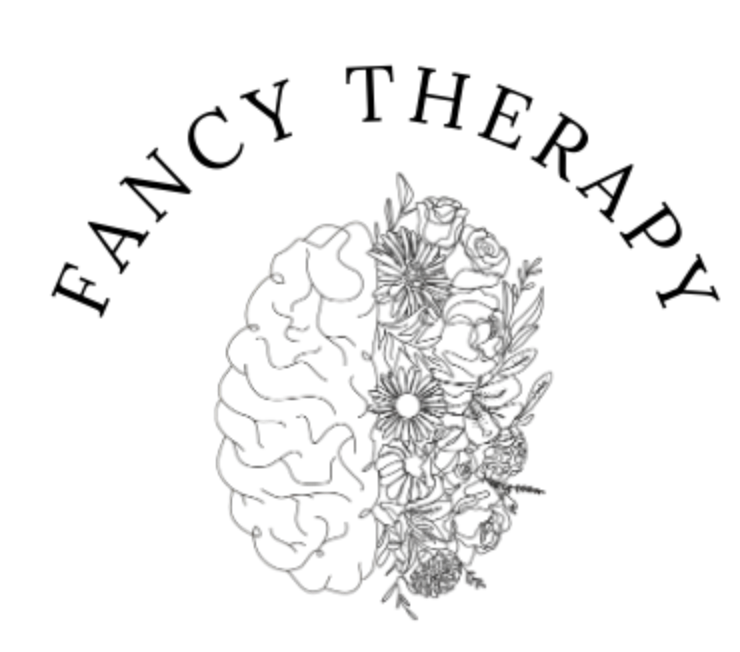Domestic Abuse and It's Forms
You may have heard the terms used to describe domestic abuse: intimate partner violence (IPV) and domestic violence. Domestic abuse looks like patterns of behaviours in all kinds of relationships to obtain or hold power and control over someone else. Abusive behaviours are tactics used to make the other person feel inferior and invaluable. These behaviours include (but are not limited to):
Harm
Terror
Harassment
Stalking
Stealing
Threats
Manipulation
Blame
Intimidation
Humiliation
Coercion
Control
Isolation
It is important to note that anyone is susceptible to domestic abuse, regardless of age, sexual orientation, gender, ethnicity, religion, or socioeconomic class. Domestic violence can occur in all kinds of relationships, such as in romantic relationships, friendships, or between family members. Domestic abuse can occur regardless of how long you may have known someone, whether ten years or ten days.
There are several forms of domestic abuse, and these are emotional abuse, verbal abuse, mental abuse, psychological abuse, physical abuse, financial abuse, technological/digital abuse, and sexual abuse. It is essential to educate yourself on the types of abuse as it worsens, escalates over time, and becomes more life-threatening. Many individuals may not know they are being abused. So, it is necessary to know the types of signs of domestic abuse to ensure your safety and the safety of those you love because some forms of abuse may be overlooked.
Emotional abuse and verbal abuse target your emotions or feelings and occur when the following behaviours are used to seek power and control:
Name-calling, insulting, or criticizing you
Stalking or following you
Controlling what you do, what you wear, and where you go
Being extremely jealous or possessive over you
Intimidation to gain power and control
Blaming you for everything
Isolating you from family and friends
Mental abuse is a form of emotional abuse that questions your way of thinking about yourself and your reality and includes the following behaviours:
Making you believe you are losing your sense of reality via gaslighting
Twisting memories to make you doubt what really happened (turning tables)
Destroying your self-esteem and confidence
Using tactics such as threats, fear, and exploitation
Psychological abuse questions your way of thinking about your environment. Psychological abuse involves fear by threats or intimidation and includes the following behaviours:
Threats to physically harm you or your children
Threats to harm themselves
Manipulation via “mind games”
Coercing you into isolating from family and friends.
Physical abuse is the most known type of abuse and includes the following behaviours:
Using weapons to cause physical harm
Punching, slapping, kicking, and hitting
Burning
Choking/strangulation
Breaking or damaging personal items (i.e., phone, laptop, makeup, clothing)
Neglecting your medical needs (i.e., controlling when you get medication or refusing to providemedical care)
Using coercion to engage in substance use/abuse
Financial abuse is less understood and involves behaviours that may cause you to lose your job or control your finances. Financial abuse is another tactic to assert power and control and includes the following behaviours:
Harassment at your workplace
Stealing or controlling your money
Withholding access to your money
Decreasing your credit score
Stealing your money or bank cards
Prohibiting attendance at school or work
Harming you to the point of needing to be absent from work
Technological/digital abuse involves the use of technology to gain control and includes the following behaviours:
Tracking your location, phone calls, and text messages
Surveilling your activities via social media platforms
Hacking into your personal accounts (social media, email, banking, etc.)
Requiring the passwords to your digital accounts
Sexual abuse is about power using sexual behaviours without your consent. These behaviours include the following behaviours:
Causing physical harm during sexual activities
Engaging in sexual activities without consent, when semi- or unconscious, or when you are too afraid to say no
Using coercion to engage in unprotected sex
Pressuring you to engage in sexual activities with someone else (human trafficking)
Rarely domestic abuse incidents are isolated; instead, their frequency and intensity tend to increase with time. Abuse in the home can result in fatalities or severe bodily harm. If you or believe someone you know is in an abusive relationship, please use one of the following helplines in Ontario for support.
Assaulted Women’s Helpline (Ontario): 1-866-863-0511
Fem’aide (francophone women in Ontario): 1-877-336-2433
Talk for Healing (Aboriginal women throughout Northern Ontario): 1-855-554-4325
Mental Health Crisis Line (for anyone in a crisis): 613-722-6914
Support services for male survivors of sexual abuse: 1-866-887-0015
Use the following link to find other crisis hotlines throughout Canada: https://www.dawncanada.net/issues/crisis-hotlines/.For domestic violence treatment centres, legal support, family law, housing support, and all other types of assistance, use the following link to find the appropriate help you are seeking: https://www.ontario.ca/page/get-help-if-you-are-experiencing-violence#section-0.Reference




